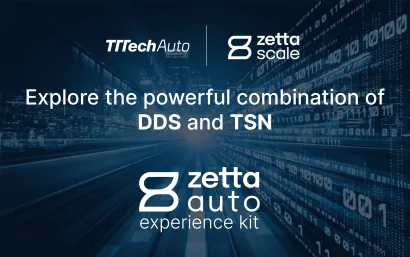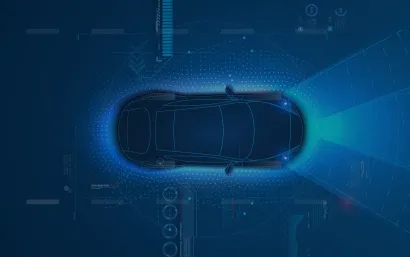The rise of a software-defined vehicle (SDV) places software at the core of operations. As a sophisticated system with real-time capabilities, a modern vehicle must demonstrate accurate and prompt system responses, ultimately ensuring exceptional vehicle safety and performance.
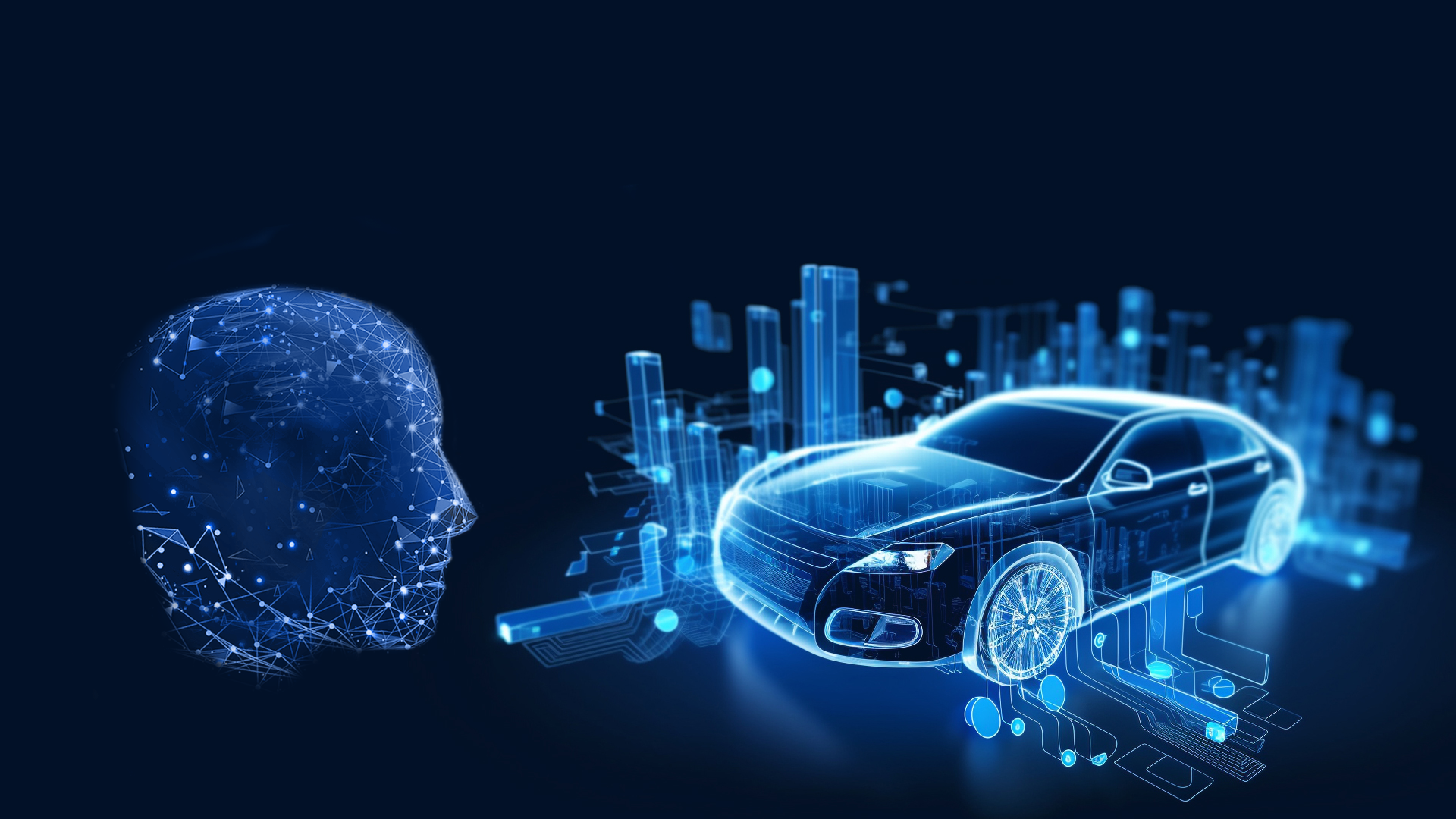
As experts delve into understanding the essence of evolving vehicles, they've explored various approaches to system definition and analysis. Amidst these efforts to decode the software or vehicular "brain" and its role within the SDV, a significant question emerges: Can we gain insights by drawing parallels with human cognition's complexities?
Explore the intricate implications of building complex systems from various interrelated parts, dispelling the misconception that software-defined vehicles rely solely on software. By considering different interpretations of system complexity, we remind ourselves of a fundamental truth that applies to both modern vehicles and humans: it takes more than just a brain to create a truly functioning, safe, and upgradeable system.
Human-machine parallels
To better understand a situation, we sometimes need to look at it from a different angle. Similarly, we can help ourselves understand the modern vehicle by comparing it to what we know best, ourselves.
We can think of humans as incredibly complex but highly functional systems that have been nearly perfected through evolution. In order for the human system to function smoothly, the emotional, physical, and psychological processes must be optimized so that humans remain physically healthy, emotionally stable, and intellectually capable. Each part of this well-tuned „factory“ contributes to the functioning of the whole organism.
Modern real-time computer systems share similarities with a human organism in complexity: it is not only about which parts create the whole, but also exactly how they are integrated and interact. In both examples, how individual components are built into a larger system and how they communicate with each other determines how safe the system behaves.
How humans manage complexity
In his book “Real-Time Systems”, Prof. Dr. Hermann Kopetz analyzes system’s complexity through human problem-solving mechanisms. He defines the human problem-solving system as the conceptual landscape and the two subsystems of the conceptual landscape as the intuitive-experiential and the analytical-rational subsystem (we call them the “experiential” and the “rational” subsystem). This duality concept is also a cornerstone of “Thinking, Fast and Slow”, an award-winning book by Daniel Kahneman, introducing a dichotomy (partition of a whole into two parts) between two modes of thought.
The two subsystems are distinguished according to how much cognition they require in problem-solving situations. The experiential subsystem is a system that operates automatically and is emotional or experience based. It is built up by experience and emotional events accumulated in a person’s lifetime. Unlike this almost non-cognitive subsystem, the rational subsystem’s role is to deliver a logical, knowledge-based output.
Working together for a unified system
It is interesting how the two subsystems work together to solve problems by creating different problem-solving strategies.
First, the new problem scenario is recognized by the experiential subsystem. Then the scenario is observed and analyzed analytically by the rational subsystem. The more novel the problem, the more rational subsystem needs to be engaged. After accumulating enough experience, based on learning and repetition, the experiential subsystem already delivers a solution to a problem automatically and rapidly, with minimal cognition involved by the rational subsystem.
An excellent example of this problem-solving process is learning a foreign language. First, we recognize the language as interesting, boring, hard, easy, useful and therefore attribute an emotion to it. Then we learn the specific rules of the language. After gaining enough knowledge and practice, we are able to use it almost automatically.
Like the experiential and the rational subsystems need to interact to solve the problem, so too do the subsystems that make up the real-time computer systems. Composability is a key concept in this regard.
Partitioned complexity
Whether we are talking about computer systems or a human conceptual landscape, one needs to decompose a larger system into its subsystems to get a clearer overview of the involved correlations. In short, a composable architecture allows a complex system to be built from simpler subsystems.
In general, there are commonly used ways of simplification such as abstraction, partitioning, isolation, and segmentation. Partitioning, for instance, is the preferred simplification strategy in the natural sciences, and has been for hundreds of years. It is based on splitting the complex scenario into nearly independent parts to observe and analyze them individually.
When individual subsystems are developed and integrated without adequately considering their interactions within the broader context of the whole, it can lead to compatibility issues, inefficiencies, and challenges in achieving seamless functionality of the resulting system.
This shows the importance of a holistic systems approach in the development of modern vehicles as a prime example of complex structures.
Communication is essential: human-machine resemblance
To successfully integrate subsystems into a larger distributed real-time system, interactions among individual system units are vital. Therefore, the communication system plays a critical role in assessing the composability of a distributed architecture, whether messages are sent on-demand or in a deterministic fashion.
In human communication, messages, containing information about the environment, are transferred from the human sensory system to the conceptual landscape. Many factors such as health status, emotional stability, previous experience and many more, determine in which way this information will be interpreted and, consequently, which reaction it will trigger. This reaction determines human behavior in a given situation and results in a more or less safe human state.
Similarly, the vehicle's sensory system receives information from the environment. Based on internal mechanisms and in-vehicle communication between various parts, the computer system triggers a response to ensure the vehicle's safe behavior.
The composability of an architecture, i.e., the capability to build dependable, large systems out of pre-tested components with minimal integration effort, is one of the great challenges for designers of the next generation of real-time systems.
Prof. dr. Hermann Kopetz, 'Real-Time Systems'
Whether through biological, electrical or other means, transferring a message from a sender to a receiver is crucial in establishing a connection between different parts of a complex system. The system's performance relies on effectively managing its complexity, emphasizing the need for safe vehicle architectures and smooth system integration.
Safe vehicle design goes beyond software
Designing trustworthy software-defined vehicles requires more than just software. The legitimate question in this context is: What beside software do we need to consider when designing such vehicles?
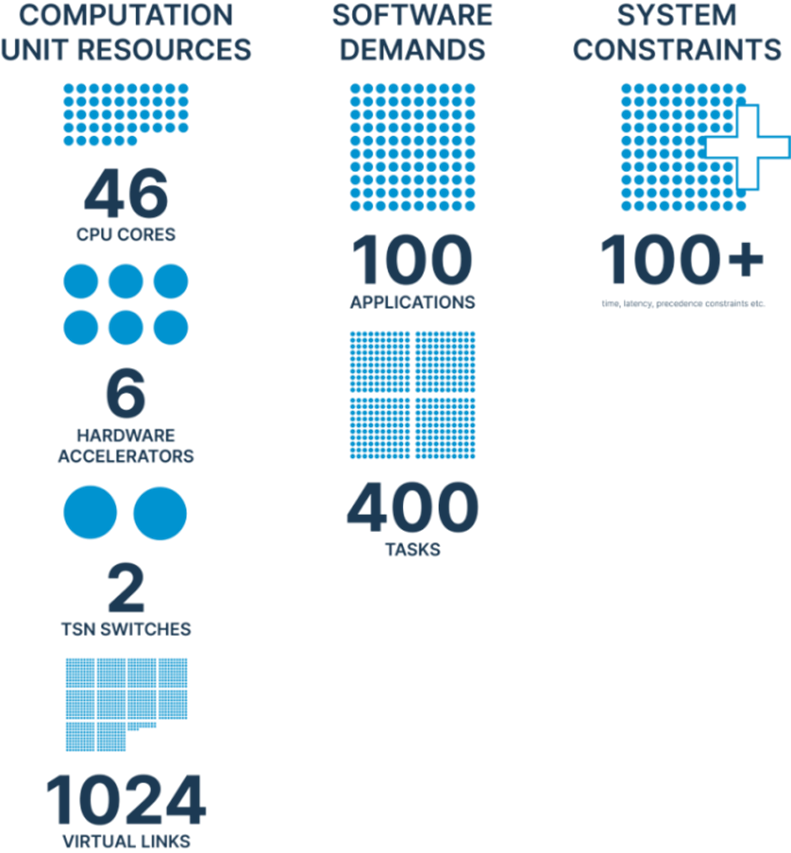
Exploding vehicle complexity and the need for a system-level approach
Software-defined vehicles are indeed software-driven, or rather, their functionality is mainly driven by advanced software. However, this does not mean that we can forget about hardware, electronics, sensors or the communication network. Just as humans need their well-tuned subsystems to become a highly efficient organism, software-defined vehicles also need this system-wide symbiosis in which the various vehicle components communicate effectively with each other, complement each other and rely on each other's capabilities.
'System, Safety, Security and Software' principle for the modern vehicle
Safe vehicles require a safe system design. An intelligent design with a comprehensive overview of the system components and their interactions, with safety and security measures applied from day one.
As software-defined vehicles are continuously improved through software updates, they should also be designed with connectivity features in mind. However, this makes them particularly vulnerable to external security threats that can jeopardize safe operation. Therefore, after the update process, it is necessary to zoom out and look at the big picture again to ensure that the composability property is maintained, thus ensuring a safe system design.
This big picture can only show trustworthy behavior if we consider other aspects of a vehicle besides software during design and development: system, safety and security. We are aware of this challenge and apply the System, Safety, Security and Software-Defined Vehicle (4SDV) principle to every stage of a vehicle's lifecycle: from design to the vehicle on the road.
Driving progress in a safe track
As we mentioned earlier, brains alone are not enough to build the vehicle of tomorrow. New vehicle architectures must consider different aspects – from the software to all the other building blocks to the properties of the overall system that meets the highest safety and security requirements.
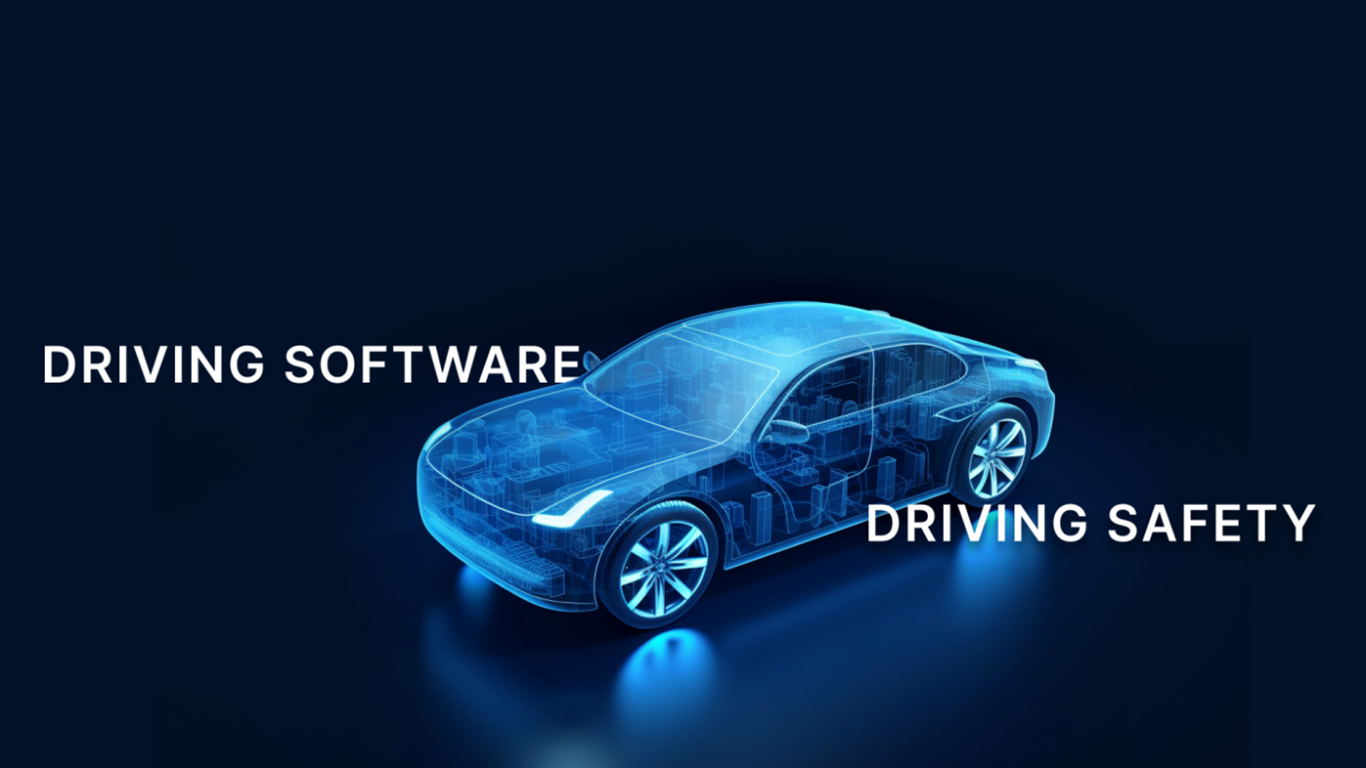
TTTech Auto understands the implications of modern vehicle development and operation and acknowledge the dual challenge of innovating while ensuring safety. With our 4SDV approach, we have achieved a comprehensive equation for the new-generation vehicle, driving progress in the automotive industry in a safe track.

